melting point Learn more about melting point
-
[little devil blind test] office workers love 17 ice lattes.
![[little devil blind test] office workers love 17 ice lattes.](https://world.gafei.com/uploads/allimg/170906/3-1FZ6123135327-lp.jpg)
Professional barista communication Please follow the coffee workshop (official Wechat account cafe_style) for many office workers, as long as they don't drink coffee every working day, they don't seem to feel right. Whether it's black coffee, cappuccino, caramel macchiato or latte, as long as you can drink a drink that contains coffee, it seems to replenish your energy immediately.
2017-09-06 Demon blind test evaluation office worker favorite 17 ice iron competition specialty -
[Little Devil Blind Test] Office Workers Favorite 17 Convenience Stores Coffee Ice Latte Competition
![[Little Devil Blind Test] Office Workers Favorite 17 Convenience Stores Coffee Ice Latte Competition](https://world.gafei.com/uploads/allimg/170907/3-1FZGS03S60-lp.jpg)
Professional barista exchanges, please pay attention to coffee workshop (Weixin Official Accounts cafe_style) For many office workers, as long as they don't drink coffee every working day, they seem to feel that something is wrong! Whether it's black coffee, cappuccino, caramel macchiato or latte, anything that contains coffee is as if it's an instant energy boost.
2017-09-07 demon blind test rating office worker favorites 17 convenience store coffee ice cream -
The basic Chemical reaction of Coffee Baking process

Original: Basic Chemical Reactions Occurring in the Roasting Process by Carl Staub sourced from the SCAA Roast Color Classification System developed by Agtron-SCAA in 1995 Many thermal and chemical reactions occur during the roasting proces
2015-01-27 Coffee roasting process basic Chemical reaction Chinese-English Bilingual Translation original B -
Basic chemical reactions in the roasting process of coffee in both Chinese and English
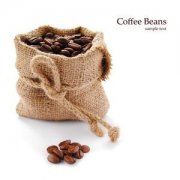
Original: Basic Chemical Reactions Occurring in the Roasting Process by Carl Staub sourced from the SCAA Roast Color Classification System developed by Agtron-SCAA in 1995 Many thermal and chemical reactions occur during the roasting proces
2015-04-14 Coffee roasting process basic chemical reaction Chinese-English bilingual -
Explanation of the basic chemical reaction of coffee roasting in both Chinese and English
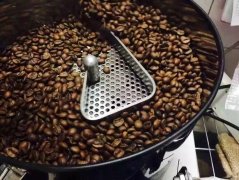
Original: Basic Chemical Reactions Occurring in the Roasting Process by Carl Staub sourced from the SCAA Roast Color Classification System developed by Agtron-SCAA in 1995 Many thermal and chemical reactions occur during the roasting proces
2015-10-26 Coffee roasting process basic chemical reaction Chinese-English bilingual explanation -
Key points of coffee roasting techniques: basic chemical reactions that take place during coffee roasting
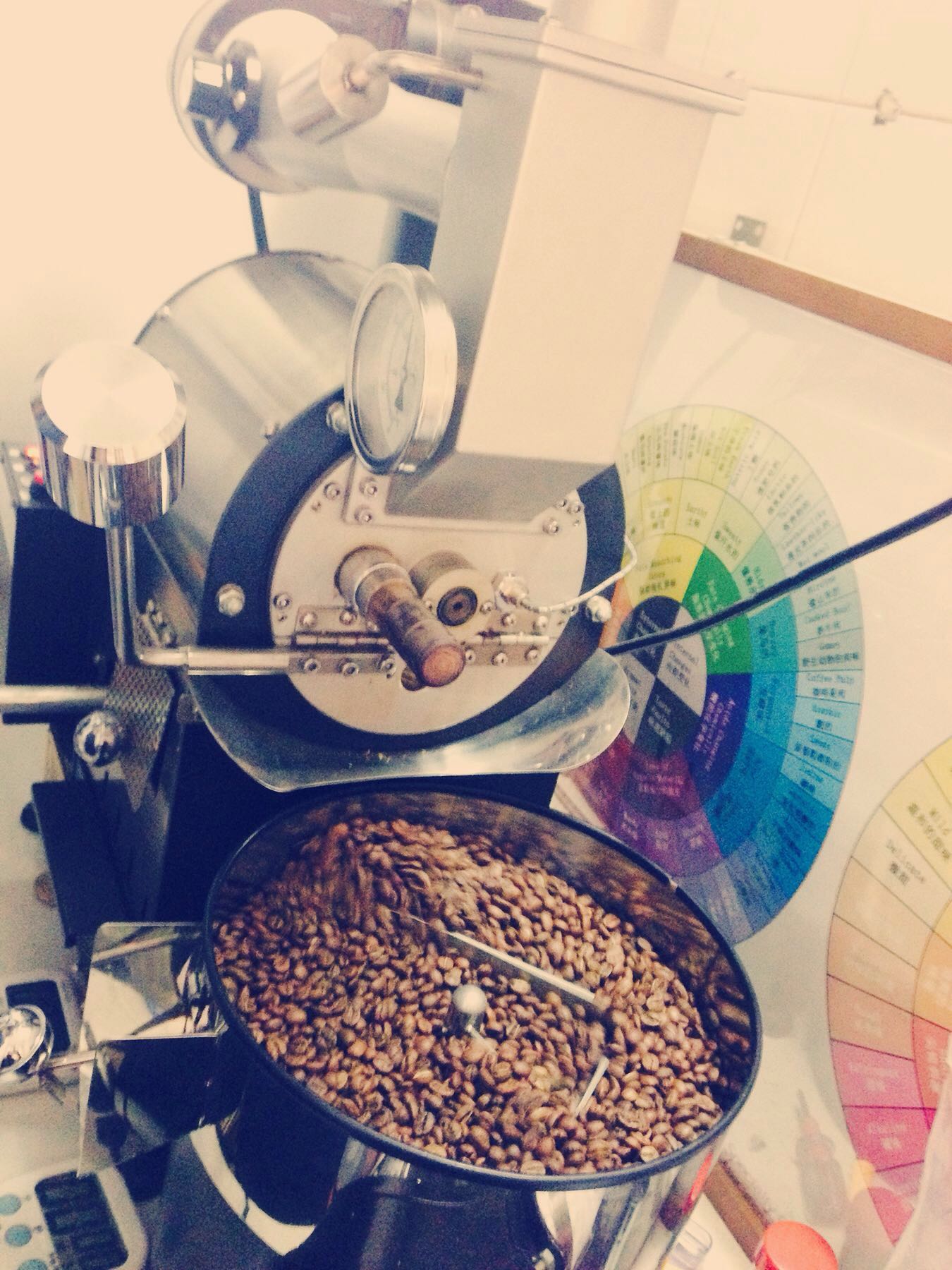
Basic chemical reactions that occur during coffee roasting author: Carl Staub originates from the SCAA baking color classification system, developed by Agtron SCAA 1995 original text from: http://www.sweetmarias.com/roast.carlstaub.html translation: Grant, http://www.baristacn.com/forum/thread-1583-1-1.html in the roasting process
2015-12-16 Coffee roasting techniques key points process medium hair raw basic chemical reaction -
How does the sour and bitter in coffee come from?

Many thermal and chemical reactions take place during baking: decarbonation, dehydration of quinic acid, subdivision, isomerization, polymerization, and complex sugar reactions (caramelization).
2014-08-25 Coffee knowledge sour coffee bitter coffee why coffee is bitter -
Basic chemical reactions that occur during coffee roasting

Many thermal and chemical reactions take place during baking: decarbonation, dehydration of quinic acid, fragmentation, isomerization, polymerization, and complex sugar reactions (caramelization). The main thermally reactive components are monosaccharides and sucrose, chlorogenic acid, displaced amino acids, and trigonelline amide. Both aravinone and calactose in polysaccharides are transferred, and basic sulfurization contains hydroxyamino acids.
2014-08-20 Coffee knowledge Coffee roasting Chemical changes Coffee encyclopedia -
The basic chemical reaction of coffee roasting process

Many thermal and chemical reactions take place during baking: decarbonation, dehydration of quinic acid, subdivision, isomerization, polymerization, and complex sugar reactions (caramelization). The main components of the thermal reaction are monosaccharides and sucrose, chlorogenic acid, free amino acids, and fenugreek amide. Both aravinose and calactose in the polysaccharides are transferred, and the basic vulcanization contains hydroxylated amino acid.
2014-08-15 Coffee knowledge coffee roasting process baking chemical reaction -
The basic chemical reaction that takes place during coffee roasting.

Many thermal and chemical reactions take place during baking: decarbonation, dehydration of quinic acid, subdivision, isomerization, polymerization, and complex sugar reactions (caramelization). The main components of the thermal reaction are monosaccharides and sucrose, chlorogenic acid, free amino acids, and fenugreek amide. Both aravinose and calactose in the polysaccharides are transferred, and the basic vulcanization process includes hydroxylamine.
2014-11-22 Coffee knowledge coffee common sense coffee roasting chemical reaction -
The basic chemical reactions that take place during coffee roasting

Many thermal and chemical reactions take place during baking: decarbonation, dehydration of quinic acid, subdivision, isomerization, polymerization, and complex sugar reactions (caramelization). The main components of the thermal reaction are monosaccharides and sucrose, chlorogenic acid, free amino acids, and fenugreek amide. Both aravinose and calactose in the polysaccharides are transferred, and the basic vulcanization process includes hydroxylamine.
2015-10-15 Coffee roasting process medium hair raw basic chemical reaction -
Basic chemical reactions of coffee beans during coffee roasting
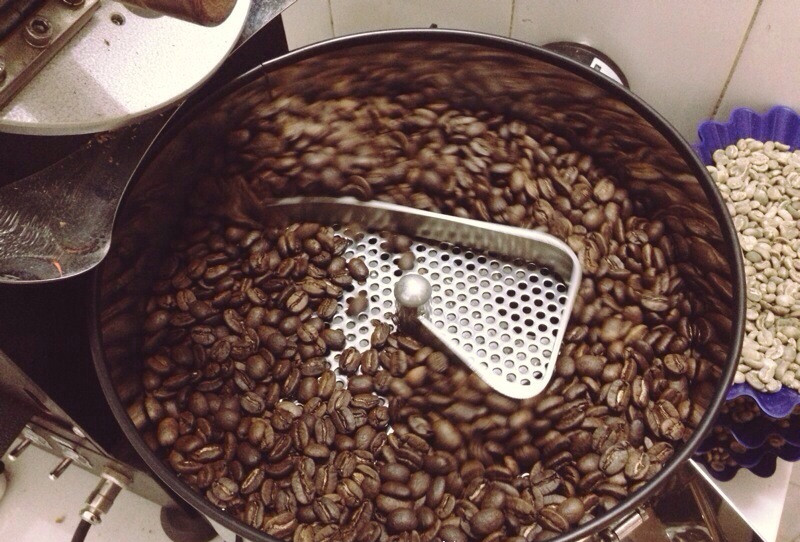
Many thermal and chemical reactions take place during baking: decarbonation, dehydration of quinic acid, subdivision, isomerization, polymerization, and complex sugar reactions (caramelization). The main components of the thermal reaction are monosaccharides and sucrose, chlorogenic acid, free amino acids, and fenugreek amide. Both aravinose and calactose in the polysaccharides are transferred, and the basic vulcanization process includes hydroxylamine.
2015-03-16 Coffee roasting process coffee beans raw basic chemical reaction -
The basic chemical reactions that take place during coffee roasting

Many thermal and chemical reactions take place during baking: decarbonation, dehydration of quinic acid, subdivision, isomerization, polymerization, and complex sugar reactions (caramelization). The main components of the thermal reaction are monosaccharides and sucrose, chlorogenic acid, free amino acids, and fenugreek amide. Both aravinose and calactose in the polysaccharides are transferred, and the basic vulcanization process includes hydroxylamine.
2014-08-21 Coffee roasting process medium hair raw basic chemical reaction -
The basic chemical reactions that take place during coffee roasting.

Many thermal and chemical reactions take place during baking: decarbonation, dehydration of quinic acid, subdivision, isomerization, polymerization, and complex sugar reactions (caramelization). The main components of the thermal reaction are monosaccharides and sucrose, chlorogenic acid, free amino acids, and fenugreek amide. Both aravinose and calactose in the polysaccharides are transferred, and the basic vulcanization process includes hydroxylamine.
2015-01-08 Coffee common sense baking process medium hair raw basic chemical reaction passing -
The basic chemical reaction of coffee technology in the process of coffee roasting

Many thermal and chemical reactions take place during baking: decarbonation, dehydration of quinic acid, subdivision, isomerization, polymerization, and complex sugar reactions (caramelization). The main components of the thermal reaction are monosaccharides and sucrose, chlorogenic acid, free amino acids, and fenugreek amide. Both aravinose and calactose in the polysaccharides are transferred, and the basic vulcanization process includes hydroxylamine.
2014-10-09 Coffee knowledge coffee technology coffee roasting baking chemical reaction -
The basic chemical reaction that takes place during coffee roasting.
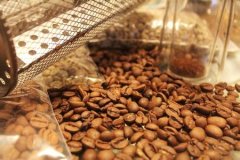
Basic chemical reactions that occur during coffee roasting author: Carl Staub originates from the SCAA baking color classification system, developed by Agtron SCAA 1995 original text from: http://www.sweetmarias.com/roast.carlstaub.html translation: Grant, http://www.baristacn.com/forum/thread-1583-1-1.html in the roasting process
2015-04-16 Coffee roasting process medium hair raw basic chemical reaction -
The basic chemical reaction of coffee knowledge during coffee roasting.

Many thermal and chemical reactions take place during baking: decarbonation, dehydration of quinic acid, subdivision, isomerization, polymerization, and complex sugar reactions (caramelization). The main components of the thermal reaction are monosaccharides and sucrose, chlorogenic acid, free amino acids, and fenugreek amide. Both aravinose and calactose in the polysaccharides are transferred, and the basic vulcanization process includes hydroxylamine.
2014-12-31 Coffee knowledge baking process medium hair raw basic chemical reaction passing -
The basic chemical reaction that occurs during coffee roasting. The ingredients produced by the degree of coffee roasting.
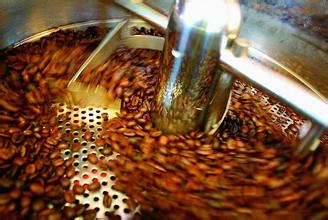
Basic chemical reactions that occur during coffee roasting author: Carl Staub originates from the SCAA baking color classification system, developed by Agtron SCAA 1995 original text from: http://www.sweetmarias.com/roast.carlstaub.html translation: Grant, http://www.baristacn.com/forum/thread-1583-1-1.html in the roasting process
2016-01-23 Coffee roasting process medium hair raw basic chemical reaction degree produced made -
Note: caffeine is higher than shallow roasted beans.

The melting point of caffeine is as high as 237 degrees Celsius, so the roasted caffeine is almost completely retained and dissolved in the cup. People often mistakenly think that the caffeine of deep roasted beans is lower than that of shallow roasted beans, but the fact may be just the opposite. due to the high rate of dehydration and weight loss of deep roasted beans, it is necessary to brew coffee with more coffee beans, resulting in drinking more caffeine, so the caffeine of deep roasted beans is higher than that of shallow roasted beans.
2015-06-09 Deep roasting bean brewing coffee attention caffeine higher than shallow roasting melting point high -
Note: caffeine is higher than shallow roasted beans.

The melting point of caffeine is as high as 237 degrees Celsius, so the roasted caffeine is almost completely retained and dissolved in the cup. People often mistakenly think that the caffeine of deep roasted beans is lower than that of shallow roasted beans, but the fact may be just the opposite. due to the high rate of dehydration and weight loss of deep roasted beans, it is necessary to brew coffee with more coffee beans, resulting in drinking more caffeine, so the caffeine of deep roasted beans is higher than that of shallow roasted beans.
2015-09-14 Deep roasting bean brewing coffee attention caffeine higher than shallow roasting melting point high
